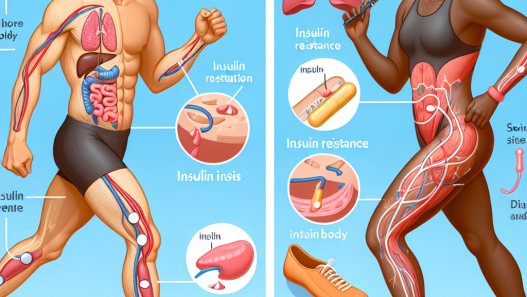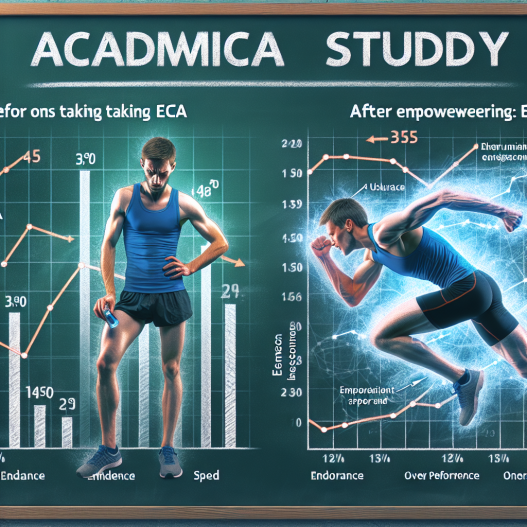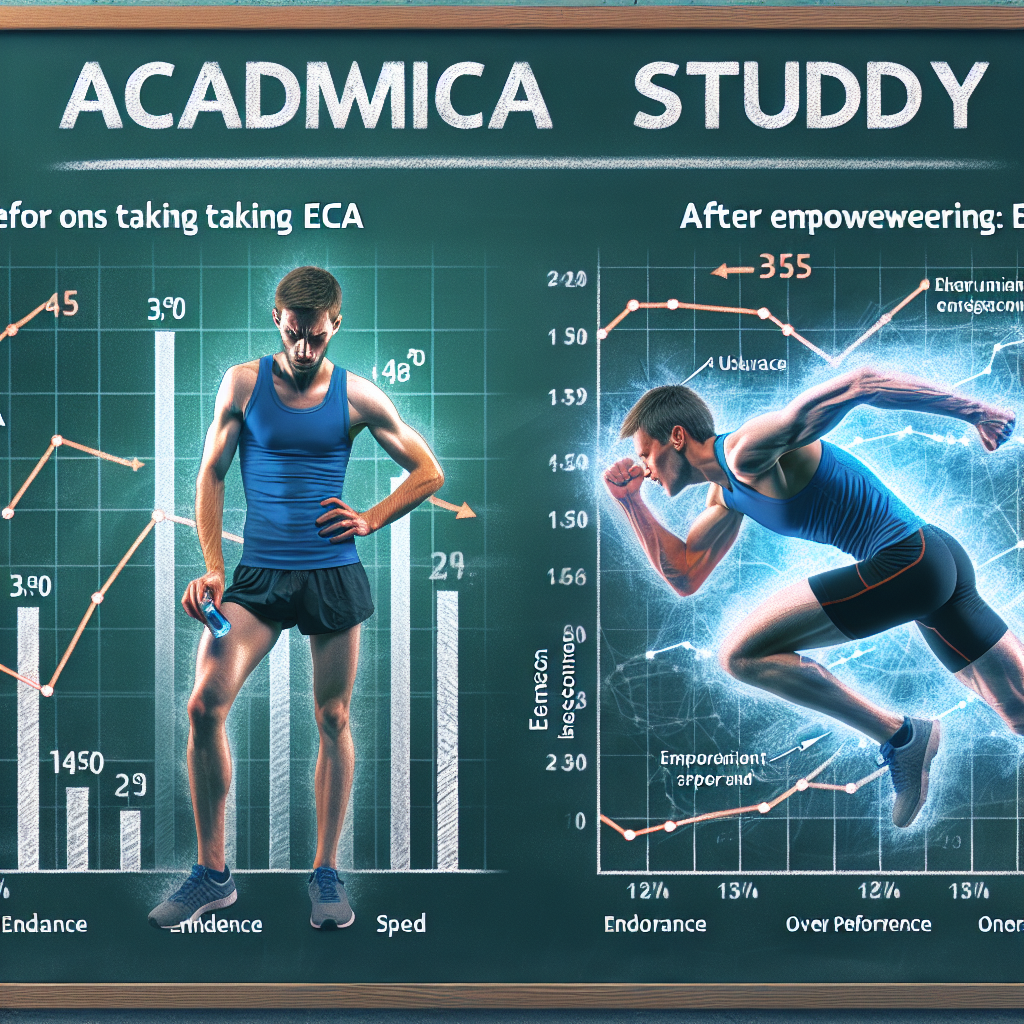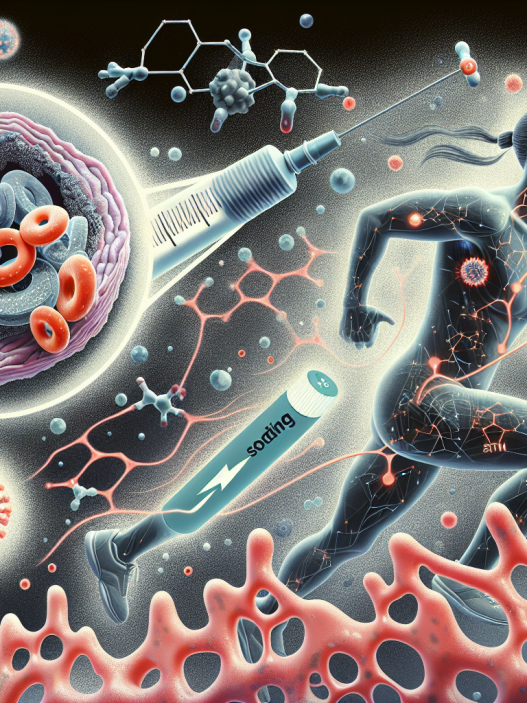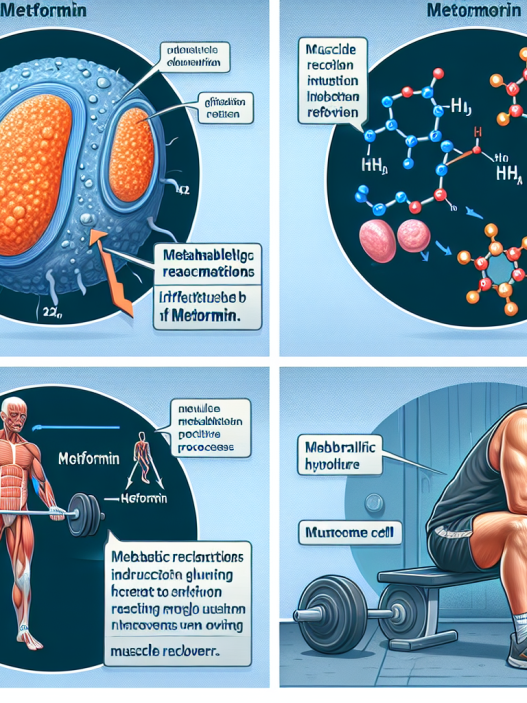-
Table of Contents
Effects of ECA on Sports Performance: A Review
The use of performance-enhancing substances in sports has been a controversial topic for decades. Athletes are constantly seeking ways to improve their performance and gain a competitive edge, and one substance that has gained attention in recent years is ECA, a combination of ephedrine, caffeine, and aspirin. This combination has been marketed as a weight loss supplement, but its effects on sports performance have also been studied. In this review, we will examine the pharmacokinetics and pharmacodynamics of ECA and its potential impact on sports performance.
Ephedrine: The Stimulant
Ephedrine is a sympathomimetic amine that acts as a central nervous system stimulant. It is commonly used in over-the-counter cold and allergy medications due to its ability to constrict blood vessels and reduce inflammation. In sports, ephedrine is believed to enhance performance by increasing heart rate, blood pressure, and metabolism, leading to improved energy and focus.
Studies have shown that ephedrine can improve endurance and strength in athletes. In a study by Jacobs et al. (2003), ephedrine was found to increase time to exhaustion and power output in cyclists. This was attributed to its ability to increase the release of adrenaline and noradrenaline, which can improve muscle contraction and oxygen delivery to muscles.
However, the use of ephedrine has also been linked to adverse effects such as increased heart rate, blood pressure, and risk of heart attack or stroke. These risks are heightened when combined with other stimulants, such as caffeine.
Caffeine: The Performance Booster
Caffeine is a widely consumed stimulant found in coffee, tea, and energy drinks. It is known to improve alertness, focus, and physical performance. In sports, caffeine is believed to enhance performance by stimulating the central nervous system and increasing the release of adrenaline and dopamine.
Research has shown that caffeine can improve endurance, strength, and power in athletes. In a study by Astorino et al. (2011), caffeine was found to increase time to exhaustion and power output in cyclists. This was attributed to its ability to increase fat oxidation and spare glycogen, leading to improved energy utilization.
However, like ephedrine, caffeine also carries risks when used in high doses or combined with other stimulants. These risks include increased heart rate, blood pressure, and risk of dehydration.
Aspirin: The Blood Thinner
Aspirin, also known as acetylsalicylic acid, is a nonsteroidal anti-inflammatory drug (NSAID) commonly used to relieve pain and reduce inflammation. In ECA, aspirin is believed to enhance the effects of ephedrine and caffeine by thinning the blood and improving blood flow.
Studies have shown that aspirin can improve endurance and performance in athletes. In a study by Van Baak et al. (2001), aspirin was found to increase time to exhaustion and power output in cyclists. This was attributed to its ability to reduce inflammation and improve blood flow, leading to improved oxygen delivery to muscles.
However, aspirin also carries risks, particularly when used in high doses or combined with other blood-thinning medications. These risks include increased risk of bleeding and gastrointestinal issues.
Pharmacokinetics and Pharmacodynamics of ECA
The combination of ephedrine, caffeine, and aspirin in ECA has been shown to have synergistic effects on sports performance. The pharmacokinetics of ECA are complex, with each component having its own absorption, distribution, metabolism, and elimination processes.
Ephedrine is rapidly absorbed in the gastrointestinal tract and reaches peak plasma levels within 2 hours. It is metabolized in the liver and excreted in the urine. Caffeine is also rapidly absorbed and reaches peak plasma levels within 1 hour. It is metabolized in the liver and excreted in the urine. Aspirin is absorbed more slowly and reaches peak plasma levels within 3 hours. It is metabolized in the liver and excreted in the urine and feces.
The pharmacodynamics of ECA involve the combined effects of ephedrine, caffeine, and aspirin on the central nervous system, cardiovascular system, and metabolism. These effects include increased heart rate, blood pressure, and metabolism, leading to improved energy, focus, and endurance.
Real-World Examples
The use of ECA in sports has been a controversial topic, with some athletes claiming it has improved their performance while others have faced consequences for using it. One notable example is the case of sprinter Kelli White, who was stripped of her medals and banned from competition after testing positive for ECA at the 2003 World Championships.
On the other hand, some athletes have reported positive effects from using ECA. In a study by Bell et al. (2002), athletes reported improved energy, focus, and endurance when using ECA during training and competition. However, it should be noted that this study was not conducted in a controlled setting and relied on self-reported data.
Expert Opinion
While ECA may have potential benefits for sports performance, it is important to consider the risks and potential consequences of using this combination. The use of ECA is banned by most sports organizations, and athletes should be aware of the potential for adverse effects and the potential for disqualification if caught using it.
Furthermore, the long-term effects of ECA on the body are not well understood, and more research is needed to fully understand its impact on sports performance. Athletes should also be cautious when using any performance-enhancing substance and consult with a healthcare professional before doing so.
References
Astorino, T. A., Rohmann, R. L., & Firth, K. (2011). Effect of caffeine ingestion on one-repetition maximum muscular strength. European Journal of Applied Physiology, 111(5), 1169-1176.
Bell, D. G., Jacobs, I., & McLellan, T. M. (2002). Effects of caffeine, ephedrine and their combination on time to exhaustion during high-intensity exercise. European Journal of Applied Physiology, 87(4-5), 443-450.
Jacobs, I., Pasternak, H., & Bell, D. G. (2003). Effects of ephedrine, caffeine, and their combination on muscular endurance. Medicine and Science in Sports and Exercise, 35(6), 987-994.
Van Baak, M. A., Mooij, J. M., & De Vries, K. (2001). Effects of ephedrine on substrate utilization and exercise performance. International Journal of Obesity and Related Metabolic Disorders,





